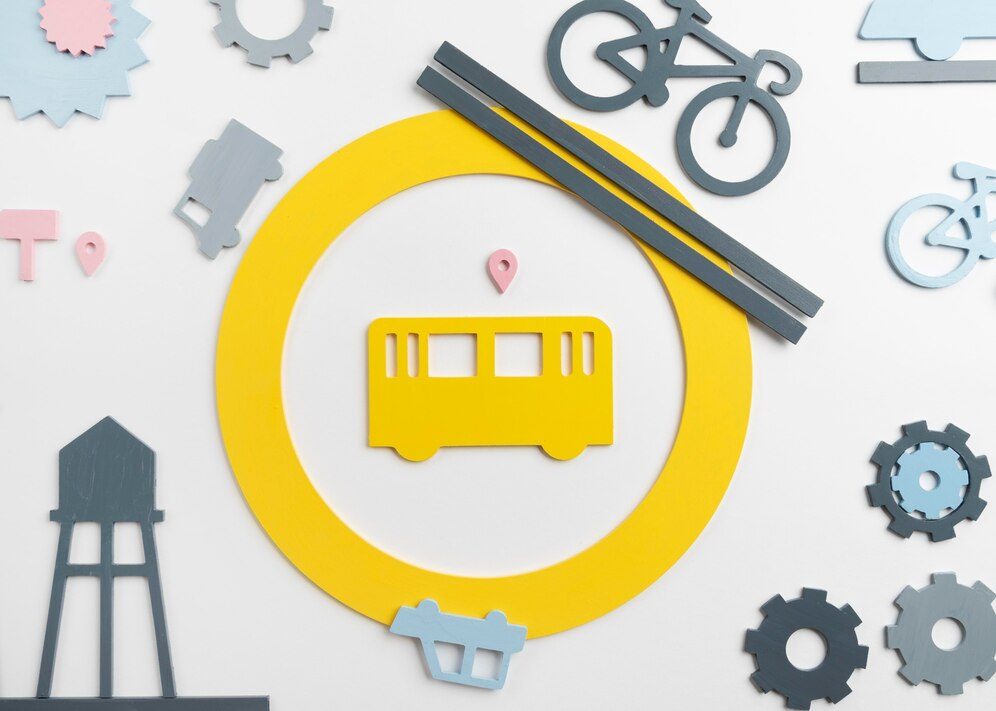Creating a safe and healthy environment for students is a top priority for schools, and effective facility management plays a crucial role in achieving this goal. When students feel secure and comfortable in their surroundings, they are more likely to thrive academically and socially. So, let’s dive into some practical ways schools can optimize facility management to foster safer and healthier learning spaces.
Facility management in schools encompasses everything from maintaining the physical infrastructure to ensuring compliance with safety regulations. It’s about managing resources, people, and processes effectively to create an environment where students can learn and grow. But what does that actually look like in practice?
First things first, conducting regular inspections and assessments is essential. Schools should have a systematic approach to evaluating their facilities to identify any safety hazards or health risks. This can involve checking for issues like leaking roofs, faulty electrical systems, or outdated fire alarms. Engaging stakeholders in this process is also key. Teachers, students, and parents can offer valuable insights that facility managers may not see. Creating a safety committee that includes these stakeholders can help foster a culture of awareness and accountability.
Once potential hazards are identified, the next step is to implement safety protocols. This means developing comprehensive emergency response plans that address various scenarios, such as natural disasters or lockdown situations. Regular training sessions for staff and students can ensure everyone knows how to respond in an emergency. These drills not only prepare the school community for real-life situations but also promote a sense of safety and confidence among students and staff alike.
Moreover, it’s essential to ensure that schools comply with local regulations and safety standards. This can involve regular communication with local authorities to stay updated on any changes in legislation that affect school safety. A proactive approach to compliance can prevent costly fines and, more importantly, keep students safe.
Creating a healthy learning environment goes beyond just safety measures; it also involves promoting wellness initiatives. One critical area is air quality. Poor indoor air quality can negatively impact student health and performance, leading to issues like asthma and allergies. Schools can optimize ventilation systems to ensure a constant flow of fresh air and regularly change filters to reduce airborne contaminants. Additionally, encouraging students to spend time outdoors can help improve their overall well-being. Incorporating green spaces and outdoor learning environments not only enhances the aesthetic appeal of the school but also provides students with a connection to nature.
Another important aspect of facility management in schools is sanitation practices. Regular cleaning and maintenance schedules are essential for keeping schools healthy. This includes not only routine cleaning but also deep cleaning during cold and flu season to minimize the spread of illness. Schools can also explore incorporating touchless fixtures, such as faucets and hand dryers, to reduce contact points and promote hygiene.
Now, let’s talk about how technology can enhance facility management. Integrating smart building technologies can significantly improve the efficiency of school operations. For instance, automated systems can monitor energy usage and alert facility managers to potential issues before they escalate. Using software to manage maintenance requests can streamline communication between staff and management, ensuring that problems are addressed promptly.
Moreover, leveraging technology for communication is crucial. Schools can utilize apps or platforms to keep parents and students informed about safety protocols and facility updates. This transparency fosters trust and collaboration among the school community.
Sustainability is another vital consideration when optimizing facility management. Schools can implement energy-efficient solutions such as LED lighting, smart thermostats, and renewable energy sources like solar panels. These initiatives not only help reduce the school’s carbon footprint but also lead to long-term cost savings. Plus, when students see their school prioritizing sustainability, it can inspire them to adopt eco-friendly practices in their own lives.
Evaluating and improving facility management strategies should be an ongoing process. Setting benchmarks and key performance indicators (KPIs) allows schools to measure their success and identify areas for improvement. For example, tracking incident reports can provide insights into the effectiveness of safety protocols. Gathering feedback from stakeholders through surveys or focus groups can also reveal valuable perspectives on the school environment.
Continuous improvement is all about being open to change. As new challenges arise—like the recent pandemic—schools must adapt their facility management strategies accordingly. This flexibility can be the difference between a school that merely responds to issues and one that proactively creates a safer and healthier environment.
In conclusion, optimizing facility management for a safer and healthier school environment is essential for fostering a thriving educational atmosphere. By conducting regular assessments, implementing safety protocols, enhancing health and wellness initiatives, leveraging technology, embracing sustainability, and continuously evaluating strategies, schools can create spaces where students feel secure and supported. This commitment not only enhances academic performance but also contributes to the overall well-being of the entire school community. So, let’s prioritize these practices and ensure our schools are places where every student can learn, grow, and succeed in a safe and healthy environment.
For more information about Gulfektimal, please reach out using the contact details below:
- Phone: +966 56 039 2669
- Website: www.gulfektimal.com
- Email: info@gulfektimal.com





